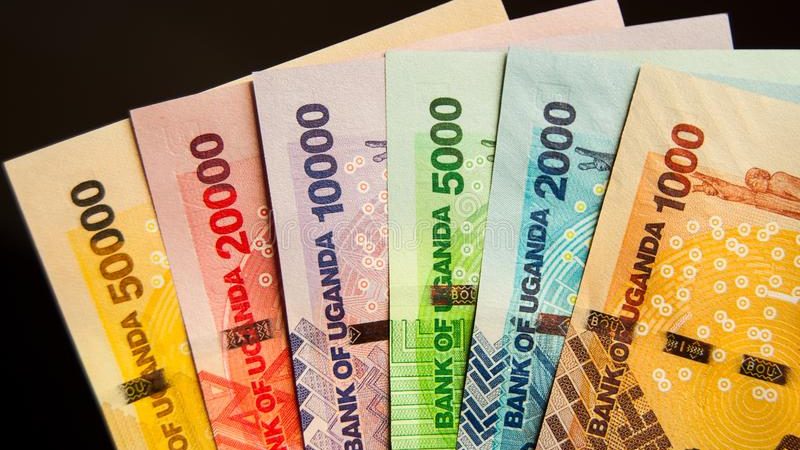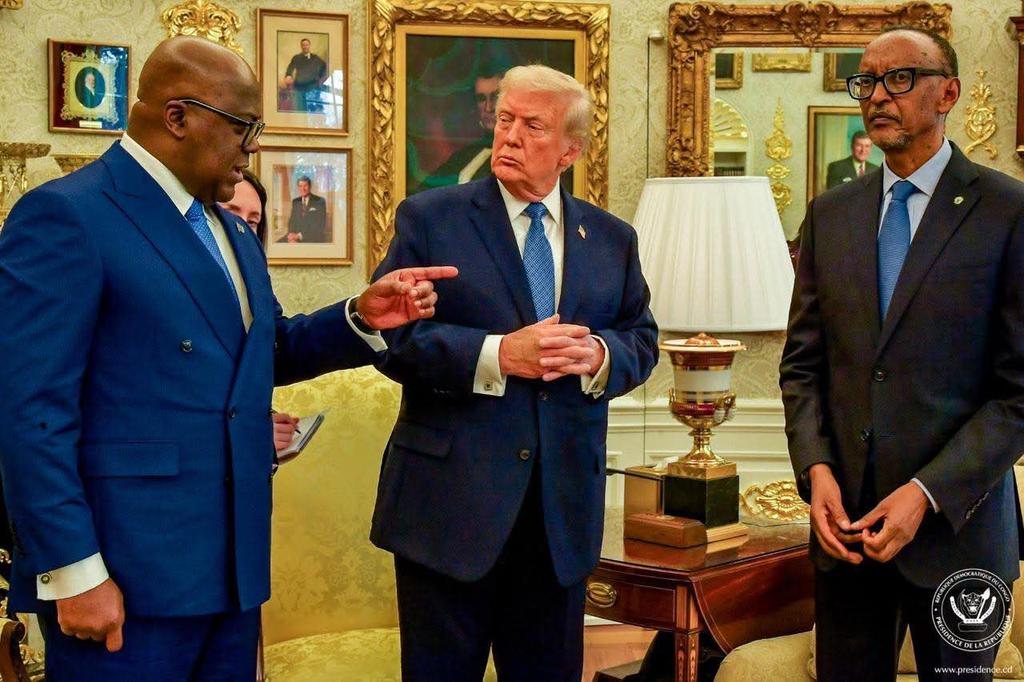The Ugandan shilling remained stable, trading within the 3,650–3,670 range, supported by dollar inflows from commodity exporters and offshore investors, according to Richard Nsubuga, a Trader in CIB Markets at Absa Bank Uganda.
Demand for the dollar remained low throughout the week. We anticipate the shilling will maintain its strength in the near to medium term, buoyed by continued commodity-related inflows.
Money markets remained liquid over the past week, with overnight and one-week rates averaging between 7.00% and 12.00%. On Thursday, the Bank of Uganda conducted an Open Market Operation, mopping up Shs 625 billion from the interbank market through a 7-day repo.
Nsubuga said yields from Wednesday’s Treasury bill auction remained flat for the 364-day maturity, while the 182-day yield fell by 10 basis points. The 91-day, 182-day, and 364-day tenors cleared at 12.000%, 12.699%, and 15.002%, respectively. The accepted face value amounted to Shs 397.05 billion, exceeding the offered amount of Shs 355 billion. Investors now turn their attention to next week’s Treasury bond auction, where the Bank of Uganda will reopen the benchmark 3-year, 10-year, and 20-year maturities.
In Kenya, the shilling strengthened last week, trading within the 129.20–129.50 range. However, it is expected to come under pressure due to increased demand from portfolio investors and the energy sector. We expect the currency to remain within the 129.00–129.60 range in the near term.
The US dollar index edged toward 101 on Friday, supported by positive global trade sentiment and expectations that interest rate cuts may be delayed. The rally was partly driven by President Donald Trump’s announcement of a preliminary trade agreement with the UK—the first since recent tariffs were imposed. Trump also hinted at the potential for additional agreements and possible tariff reductions on China, depending on the outcome of upcoming trade negotiations in Switzerland.
“On monetary policy, Federal Reserve Chair Jerome Powell ruled out an early rate cut in response to tariff-related economic risks. He cautioned that both inflation and unemployment posed heightened concerns, signaling a measured approach before any policy adjustments,” Nsubuga said.
Gold hovered around $3,320 per ounce on Friday, extending losses from recent sessions as optimism surrounding US-China trade talks reduced demand for safe-haven assets. Officials from both countries are scheduled to meet this weekend, raising hopes for progress in resolving trade disputes.
Meanwhile, WTI crude futures extended gains to trade at $60 per barrel, buoyed by optimism over US-China negotiations. Earlier in the week, prices had dipped as low as $56.50 per barrel.

















